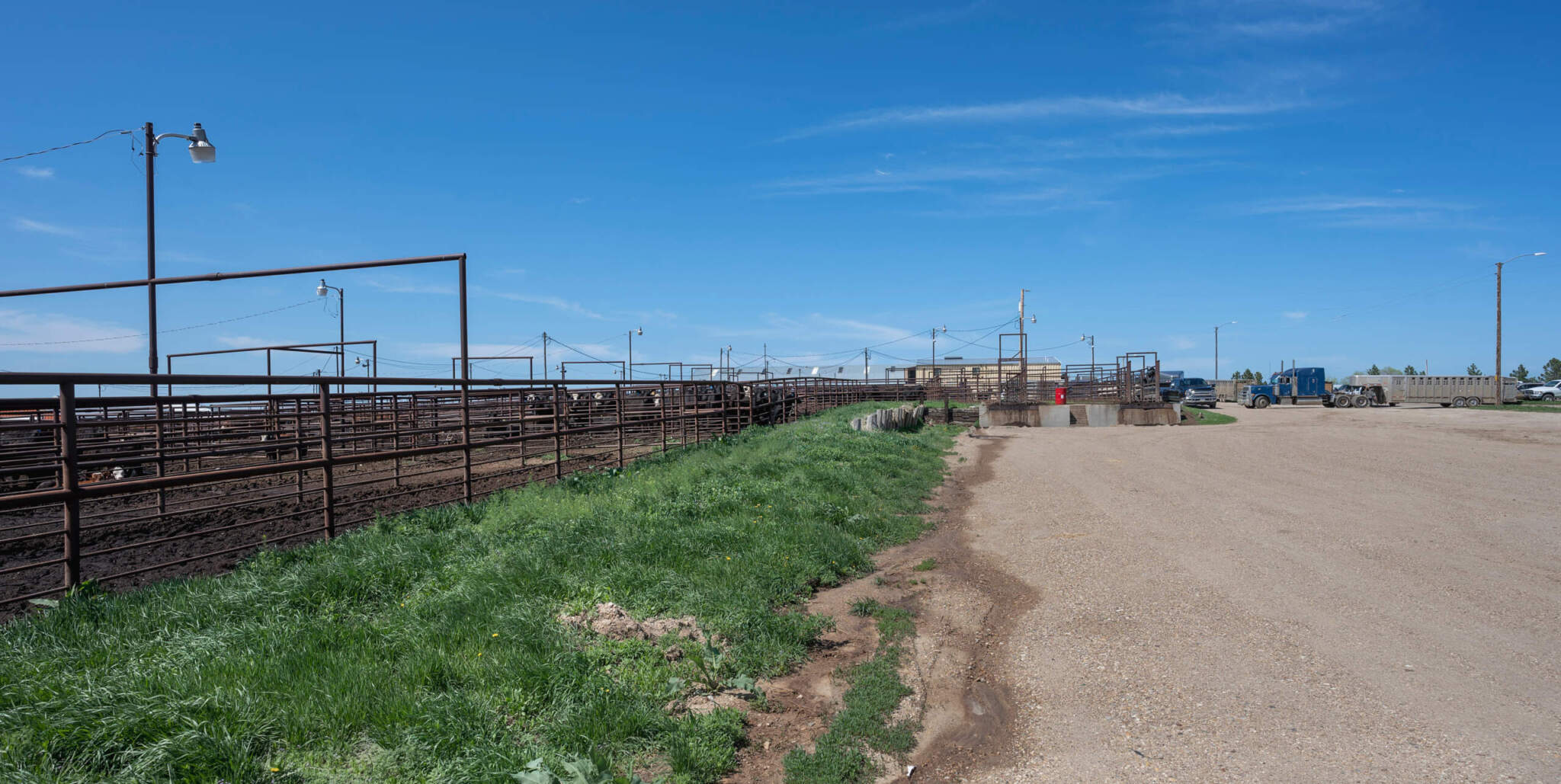For Immediate Release: December 8, 2023
Contact: R-CALF USA CEO Bill Bullard
Phone: 406-252-2516; r-calfusa@r-calfusa.com
Please find below R-CALF USA’s weekly opinion/commentary that explains the factors contributing to today’s volatile downward slide in the cattle market. It is in three formats: written, audio and video. Anyone is welcome to use it for broadcasting or reporting.
It’s Your Market to Fix
Commentary by Bill Bullard, CEO, R-CALF USA
Go back just five years, to 2019. Remember what fed cattle prices were back then? The 5-Area steer price was $115 per cwt, which was the lowest annual steer price in eight years. Remember also, that in 2019 the volume in the fed cattle cash market had fallen to the lowest level in history, to less than 21%. And back then, during the first nine months of 2019, beef imports were 2.3 billion pounds.
Now, so far this year fed cattle prices are much higher, averaging $172 per cwt in the first nine months. But the volume in the 5-Area fed cattle cash market is so far averaging only 18%. And beef imports in the first nine months have increased significantly – they were 2.8 billion pounds, which represents more than a 20% increase in beef imports when compared to the same period in 2019.
So now let’s look at production and demand: Production in the first nine months of 2023 is about 1.2 million pounds less than the same period in 2019. And without throwing any more numbers at you, suffice it to say that beef demand has been considerably stronger in the first nine months of this year compared to the same period five years ago.
I have thrown a bunch of numbers out so far, so let’s recap: Five years ago, cattle prices were much lower than they are today, but today the volume of cattle sold in the cash market is less, and beef imports are now more than 20% higher than they were back then. And production this year is less than production back then, while beef demand is higher.
Let’s take a pause. Remember when the Tyson fire in Holcomb, Kansas, turned the cattle market upside down? And do you remember that the affected Tyson plant represented only about 5-6% of the nation’s slaughter capacity?
So, answer this for yourself: If reducing 5-6% of slaughter capacity can tank demand for live cattle, what is the likely impact of adding 20% more imports to the supply side of the cattle market?
But in simple terms:
Today’s higher beef demand and lower production helps explain today’s higher cattle prices.
Today’s lower cash market volume and significantly increased imports helps explain today’s cattle market volatility, which in recent months has been a volatile downhill slide.
But we need to add something else: You see when just four big companies control 85% of the market, and they decide to cut back on the number of animals slaughtered, such as by closing their plants on Saturdays, and they do so even in the face of strong beef demand and the consumer’s willingness to pay all-time record high prices for beef, then domestic cattle get backed up and they gain considerably more weight. Carcass weights are at record highs right now, which means packers are producing more tons of beef with fewer cattle. This too helps explain the volatile downhill slide.
It also helps explain something else that we’ve been saying for a long time: Your beef checkoff dollars are promoting a commodity market for beef – it conveys the message that beef is beef and it doesn’t matter how it is produced or who produces it. As a result, when packers back up domestic cattle, which helps them produce more tons of beef, then the weekly demand for domestic live cattle falls, and so does the price.
And then there’s this CME futures market – after all, it was the collapse in the futures market that started the volatile downhill slide in cattle prices. So, let’s get down to basics. It is the cash price of cattle that is supposed to inform the futures market, a market where traders consider the true cash value and apply future market expectations to arrive at an expected future value.
But if the cash market is distorted, or viewed to be vulnerable to manipulation, then so too will futures prices be distorted.
So, this may seem complicated, which is generally how the wool gets pulled over our eyes. So, let’s simplify this:
Domestic cattle supplies are low due to widespread drought. Beef demand is high and consumers are consistently willing to pay new record prices for beef. This is what drove cattle prices upwards. It’s called competition.
But while cattle prices were driven upward by competitive market forces, efforts were deployed to interfere with those market forces. They include:
- Shrinking the cash market to obscure the true value of cattle.
- Increasing the total volume of beef in the domestic market by increasing imports.
- Increasing the volume of domestic beef production by reducing slaughter and backing up domestic cattle.
- Shifting reliance on the futures market rather than the ultra-thin cash market as the price discovery market for cattle.
In short, globalism and market concentration are causing severe distortions in your cattle market.
The solution: Fix the broken market by restoring competition!
###
R-CALF USA’s weekly opinion/commentary educates and informs both consumers and producers about timely issues important to the U.S. cattle and sheep industries and rural America.
Ranchers Cattlemen Action Legal Fund United Stockgrowers of America (R-CALF USA) is the largest producer-only trade association in the United States. It is a national, nonprofit organization dedicated to ensuring the continued profitability and viability of the U.S. cattle and sheep industries. For more information visit www.r-calfusa.com or call (406) 252-2516.






